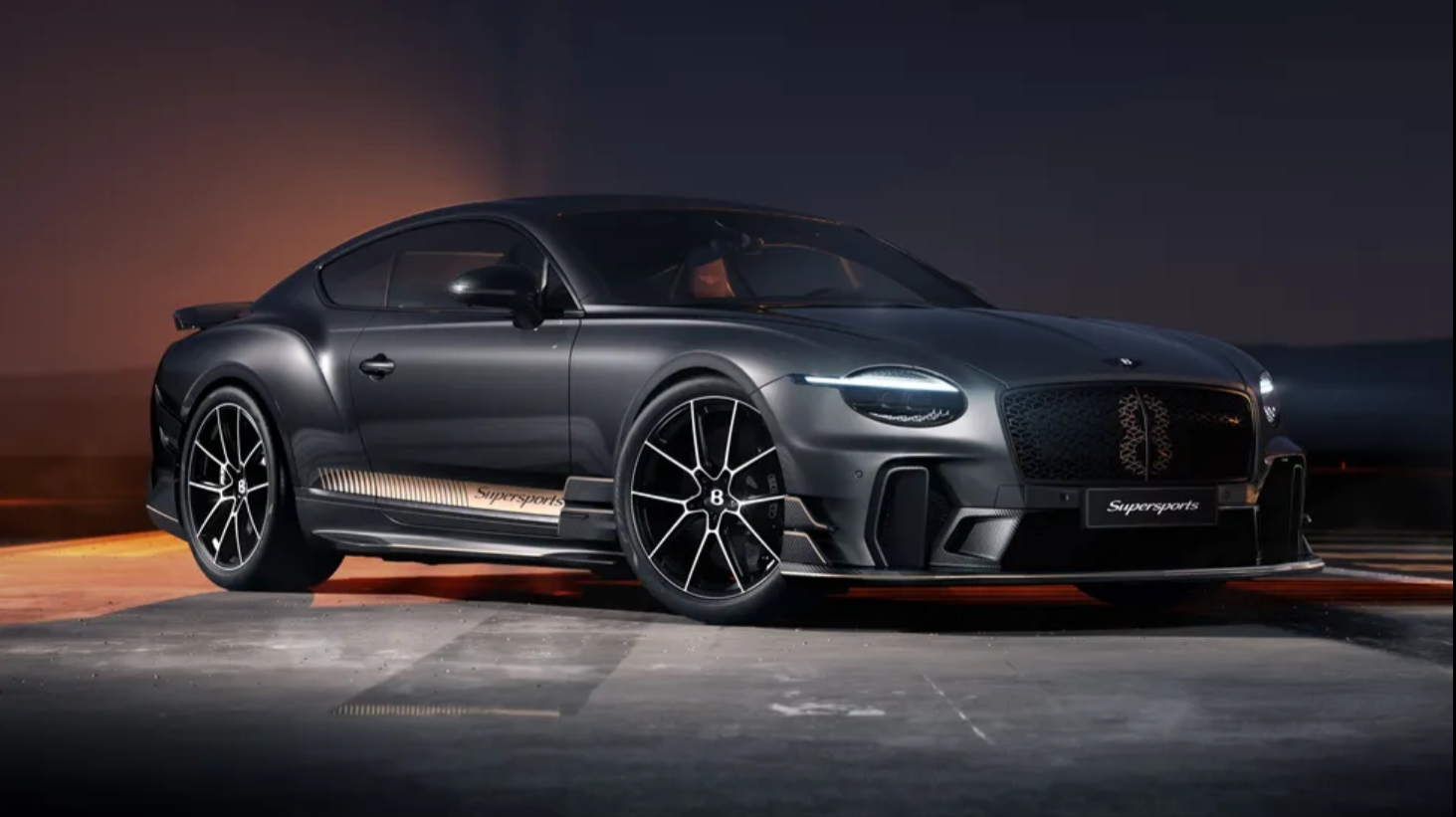New information on the FIA's 2026 Formula One redesign, which will see a greater emphasis on electrical assistance and smaller, lighter vehicles, was just made public. The goal? Raise the intensity of the close-quarters racing. Naturally, there's the entertainment aspect as well.
The primary topic of discussion here will be dimensions, with the idea of a "nimble car" at the center of this next design. It implies that rival vehicles will have a 200 mm shorter wheelbase and a 100 mm smaller width. Additionally, it will weigh 30 kg less than the current vehicles, which is the same as a jumbo aircraft in Formula One terminology.
Additionally, automobiles will have 30% less downforce and 55% less drag as a result of the makeover. The two-stage front wings of the active aero suite will be reduced in size, while the three-stage rear wings will be improved.
Additionally, tire widths will be reduced by 25 mm up front and 30 mm at the back; nonetheless, grip levels will be "minimally" affected. It seems.
Considering that the new powertrains will be significantly more potent than the existing ones, it will be fascinating to observe how this affects them. The hybrid units’ combustion portion will decrease from 750bhp to around 530bhp, while the electric motor will increase from 160bhp to a considerably more comfortable 470bhp. Meaning a total power output of 1000hp.
The new "Manual Override" option, which is being developed to enhance overtaking chances, will be another intriguing feature. It is essentially a development of the KERS system in place today. The lead vehicle is supposed to be able to employ the electric boost at up to 208 mph, but the system will be restricted after 180. Chasing cars will have a significant advantage as they can utilize the technology at maximum power up to 209 mph.
A few last observations have been made on plans to focus on enhancing safety precautions in 2026. Stronger side protection is a feature that is said to significantly boost strength without adding weight. In order to better notify people on the track of any vehicle stoppages, lateral safety lights will be added in addition to a large increase in brightness for the rear lights.
According to FIA President Mohamed Ben Sulayem, "We have created a set of regulations designed to not only improve racing but also to make the championship even more attractive to PU manufacturers, OEMs, and existing competitors, in tandem with chassis regulations that provide for lighter, more agile cars featuring innovative aerodynamic solutions." The 2026 Formula One Regulations' primary components are safety, sustainability, and cutting-edge technology. Our goal was to create a car that was appropriate for the premier category of the sport going forward, in collaboration with Formula 1.
"These regulations mark a significant moment in our sport's future as we look forward to a new generation of car and power unit that aims to give our fans closer and more exciting racing," F1 CEO Stefano Domenicali continued. The new hybrid power unit that runs on sustainable fuels offers the global auto industry enormous potential since it can reduce emissions and be utilized by automobiles all over the world. One of the main causes for the record number of engine suppliers in Formula 1 in 2026 is its potential.












.jpg)


.jpeg)

.jpeg)
.jpeg)

